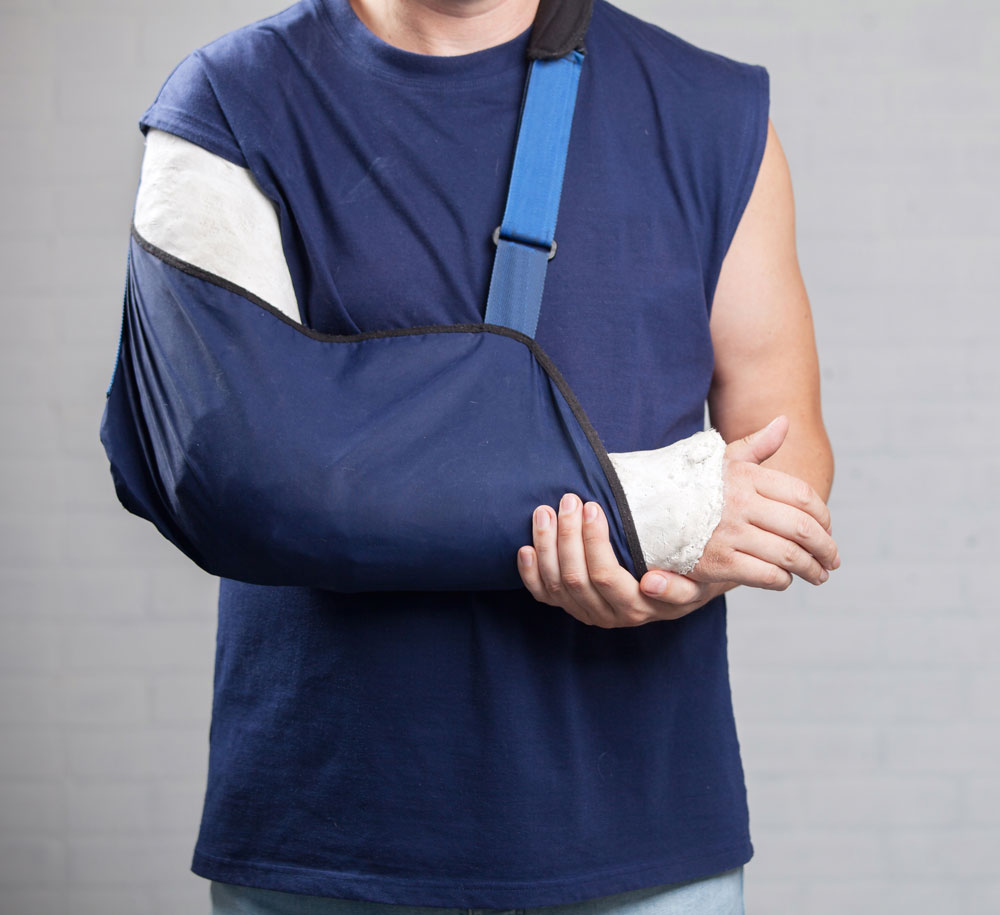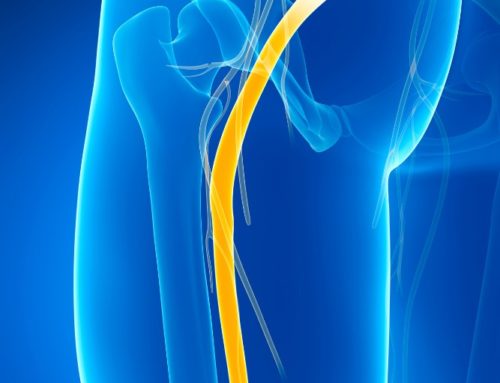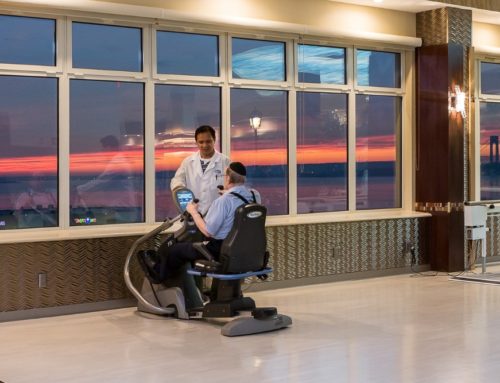Therapy after a shoulder fracture should begin immediately to reduce the risk of complications, some of which could be permanent. It’s also essential to complete rehab to ensure the best results, rather than quitting it in the middle. Of course, healing is still possible when restorative therapy is delayed. It’s still never too late to improve, even when a full recovery isn’t guaranteed.
Unfortunately, not everyone follows the recommended rehab treatments. Physical therapy is essential after a shoulder injury and the sooner, the better. The exercises and treatments help restore function in the joint and arm. A trained physical therapist works with you to increase strength and range of motion while managing pain.
Let’s take a closer look at how PT could still help, even years after the injury.

Therapy for Shoulder Fracture – Years After
Luckily, seeking therapy months or years after the injury may still help with recovery to meet your unique needs. The full effects, however, will depend on the type, severity of the injury, the age of the patient, as well as the length of treatment delay. Issues like poor circulation and malunion will also be assessed to determine if surgery is required to correct any problems.
Physical therapy does help to improve healing after shoulder injuries. Putting these off may prevent you from regaining full flexibility, coordination, and strength.
Let’s take a look at what delayed physical therapy could do for you.
Adaptive strategies
One benefit of physical therapy after a shoulder fracture is the adaptive nature of the treatment. Exercises are customizable to match the type of injury and damage to the area.
Even years after the injury, a trained therapist can work with you to regain much of your previous functions. They may include manual movements, guided movements, massage, heat or cold treatments, and pain management, depending on your needs.
Targeted and strengthening exercises
Physical therapy includes exercises designed to target specific areas. These include specialized movements to improve your range of motion and coordination. Other exercises work the muscles in the arm and back to increase strength.
Over time, you may regain many of your previous functions, allowing you to move more freely. Of course, delayed treatment may not restore those functions completely, but you’ll see improvements you may not have thought possible.
Pain management techniques
After the initial treatment or surgery for the shoulder fracture, pain may slowly recede. The downside is delaying therapy often causes pain return or prolonged pain signs, especially if the injury doesn’t heal properly. There is also the risk of complications, such as arthritis, which could develop over time.
Physical therapy offers pain management techniques to reduce pain, even years after the fracture occurs. These could include massage, ice or heat treatments, electrotherapy, and medication, depending on the cause and severity of the pain.
Patient education and commitment
The effectiveness of physical therapy after a shoulder fracture depends on your commitment to treatment. Some people choose to quit once they start to feel better or put in minimal effort to avoid discomfort. Doing so slows your recovery and may prevent proper healing.
That’s why trained therapists educate their patients on all aspects of therapy. As well as the proper exercises and treatments, they discuss why they are necessary. The risks of leaving the treatment early and how to stay motivated are also part of the conversation.
Resources:
https://my.clevelandclinic.org/health/diseases/shoulder-fracture
https://www.ncbi.nlm.nih.gov/books/NBK561514/
https://nyulangone.org/conditions/shoulder-elbow-fractures/treatments/nonsurgical-treatment-for-shoulder-elbow-fractures#:~:text=Doctors%20often%20recommend%20additional%20physical,the%20affected%20joint%20or%20joints
https://www.pennmedicine.org/for-patients-and-visitors/find-a-program-or-service/orthopaedics/shoulder-pain/shoulder-fracture-diagnosis-and-treatment
https://orthoinfo.aaos.org/en/recovery/rotator-cuff-and-shoulder-conditioning-program/
This content comprises informative and educational resources only and can not be considered as a substitute for professional health or medical guidance. Reliance on any information provided in this article is solely at your own risk. If you have any inquiries or apprehensions about your medical condition or health goals, talk with a licensed physician or healthcare provider.






Leave A Comment